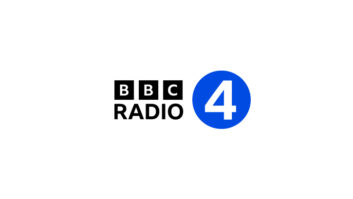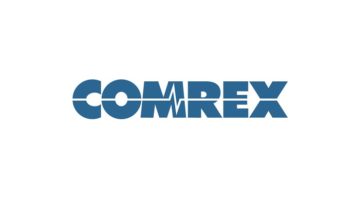
Fig. 1: A radar filter from Microwave Filter of Syracuse reduces interference. Chuck Bullett is director of engineering for the Cumulus Media cluster in San Francisco. He says he has noticed that the newer generation of digital Max and XDS satellite receivers are much more susceptible to intermod and interference from radar and other 2/5/7 GHz users.
Fig. 1 displays his new radar filter, manufactured by Microwave Filter Co. of Syracuse, N.Y. (www.microwavefilter.com). Chuck’s receivers were getting nailed by tons of drop outs during the World Series this year. The group’s own Jon Miller, the Giants play-by-play announcer, was assigned by ESPN to do the whole World Series. Listeners in San Francisco were very upset about the dropouts during the games, and those complaints hit Chuck’s desk.
Microwave Filter delivered this filter overnight, and installation was a breeze on the new 3.1 M dish that had been recently installed atop the 14-story studio building in downtown San Francisco. Being so high up, the rooftop is susceptible to radar hits from the Navy and Coast Guard down on the S.F. waterfront as it looks right down upon it.
Problem solved!
* * *
Kim and Bill Sacks have found a niche business in restoring Optimods. Got an old 8100? Talk with Kim or Bill about upgrading it. Even 30-year-old Optimod 8000′ can be restored. See more at their Web site: www.optimod.fm. Service inquiries can be sent to [email protected].
* * *
Joe Stack is another engineer who frequently contributes to Workbench and commented on the “what is it?” relay from the Nov. 6 column.
In keeping with safety and good engineering practice, Joe suggests some heat shrink on the contacts and in cases where you are using a relay with a 120VAC coil, adding a 100 ohm, 1 W resistor in series with a 1 MFD, 250 V film capacitor across the coil. This will reduce noise when the relay drops out and the coil de-energizes. This suppressor makes the world a happier place for things like any micro controllers that may be nearby.
* * *
Speaking of figures, Fred Hopengarten (www.antennazoning.com) brings up a couple of good points regarding our “what’s wrong with this tower site” picture.
Fred writes if you look closely at the tower, you will see two more unidentified cables. The larger of the two does not seem to be attached to the tower (and bad things will happen in a high wind). That cable seems to head straight toward the ground.
Another cable appears to be a smaller coax that heads for the back side of the equipment shed.
Obviously, the cables do not enter the building at the same place as the main feedlines. This being the case, it is likely there is no single point ground as the cables enter the building.
Thanks, Fred, for the eagle eye.

Fig. 2: Tectum used as a wall treatment at KNLR. Routed grooves improve the aesthetics of the panels. * * *
Terry Cowan of KNLR(FM)/KNLX(FM) in Bend, Ore., writes that carpet is not a particularly “broad-band” attenuator. Terry’s favorite product is Tectum, not only a great sound treatment but also more aesthetically appealing than carpet or foam. It does require insulation behind it to function correctly.
A good method is first to install “z-bar” on the wall studs, then a layer of sheetrock followed by a layer of sound board.
Strip the soundboard with 2×2 or 2×4 studs. Install insulation between the studs. Also install conduits and electric wiring between the studs. Then place the sheets of Tectum, which come in 4 foot widths and varying lengths. Run the Tectum vertically for the best look (Fig. 2).
Terry had the carpenters “rout” a shallow groove in the center of each sheet. This way, the Tectum appears to be in panels that are 2 feet wide, instead of 4 feet. This little change seems to improve the looks.
Tectum also comes in 2-by-4-foot ceiling tiles for dropped ceilings. Find out more at www.tectum.com.
John Bisset has worked as a chief engineer and contract engineer for 40 years. He recently joined Nautel as regional sales manager for Europe and Southern Africa . He was SBE’s Educator of the Year for 2006. Reach him at[email protected]. Faxed submissions can be sent to (603) 472-4944.
Submissions for this column are encouraged and qualify for SBE recertification credit.












